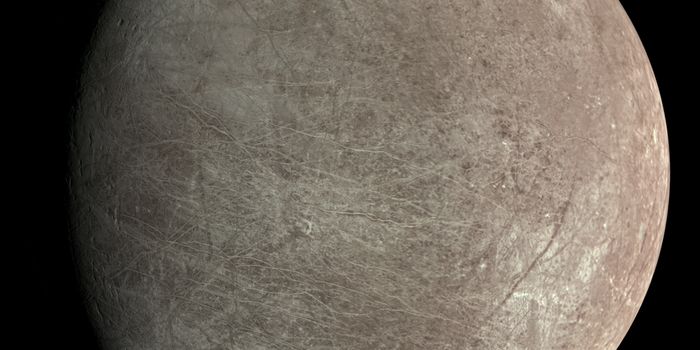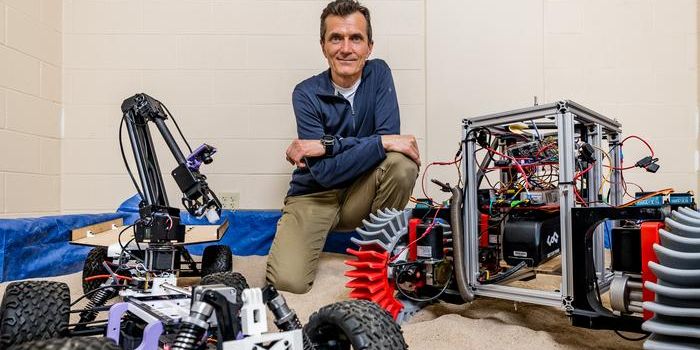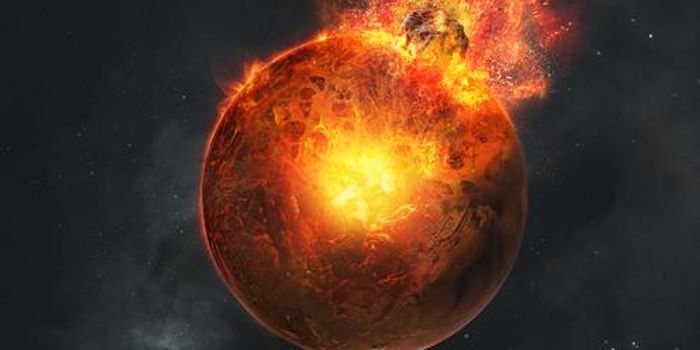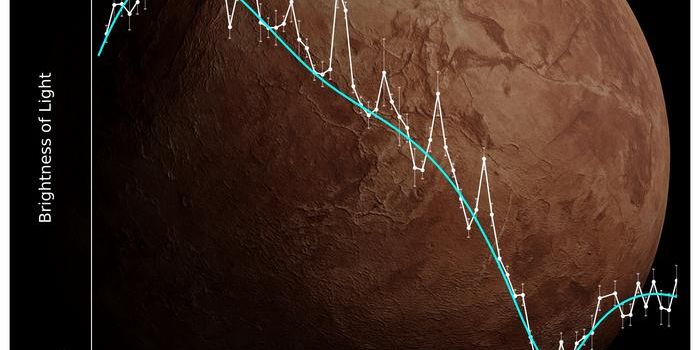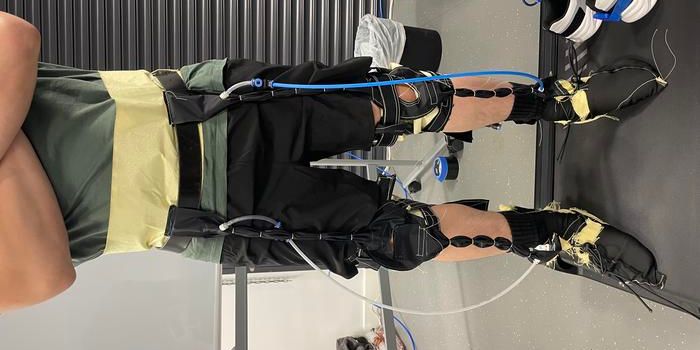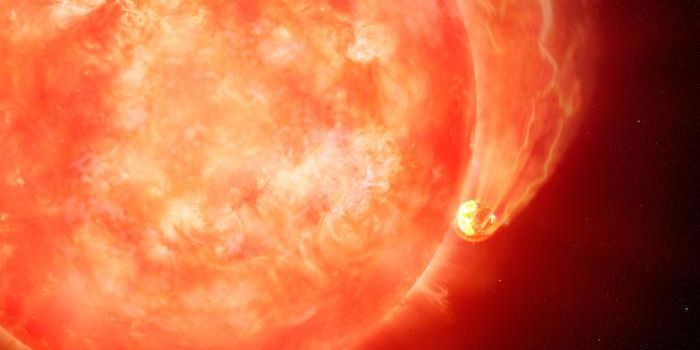NASA's Parker Solar Probe Reveals Telling Clues About Our Sun
NASA’s Parker Solar Probe is currently the closest spacecraft to the Sun today. Being this close gives the spacecraft an unprecedented opportunity to study the Sun’s internal mechanisms, and that’s precisely what it does day in and day out.
Among the plethora of things the Parker Solar Probe gets tasked with studying is the Sun’s solar wind – the process by which charged particles emanate from the star’s bright and hot surface. In this video, NASA aggregates five of the most attention-grabbing details that the Parker Solar Probe has so far revealed about the Sun’s solar wind.
First and foremost, the vacuum of space is filled with cosmic dust, which is material that can coalesce to form planetary bodies. The Parker Solar Probe found tangible evidence of the so-called ‘Dust-Free Zone’ around our star, which is an area up to 3.5 million miles away from the Sun in which the star’s intense heat quite literally vaporizes any nearby dust.
Related: NASA's Parker Solar Probe has conducted its second closest approach to the Sun
The Parker Solar Probe also discerned some particularly interesting details about the outflow of charged particles from our Sun, including evidence of switchbacks. While most charged particle models depict a constant outflow of charged particles from the Sun’s surface, the Parker Solar Probe observed switchbacks, which are quite literally 180º shifts in the direction of flowing charged particles in a matter of seconds. Think of this like the crack of a whip as it lashes outward.
These switchbacks are thought to be caused by turbulence, which the Parker Solar Probe physically observed. While a significant amount of the Sun’s charged particles flow away from the Sun, it seems some of that charged material actually falls back into the Sun, which may be why these so-called ‘switchbacks’ occur in the first place.
The Parker Solar Probe also determined that not all of the Sun’s particle bursts are massive. The spacecraft’s front-row seat revealed evidence of much smaller bursts that are virtually invisible from Earth. These bursts send particles hurdling through space at high speeds, and these particles can damage satellites and electronics on Earth.
It should be interesting to see what else the Parker Solar Probe learns about the Sun as its journey continues.

